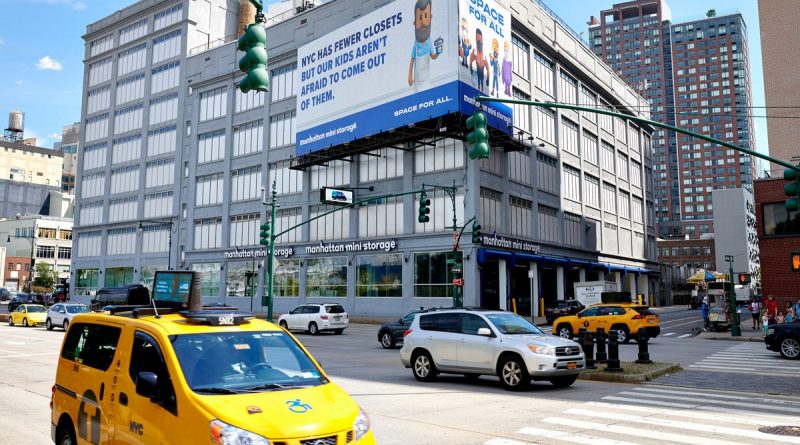You may have trouble finding self-storage space if you live in one of these cities – USA TODAY
Nell McPherson | The Motley Fool
The coronavirus pandemic changed people’s priorities in a variety of ways. Some made more time for family and friends. Others asked themselves what they would do if they could do anything and then pursued their passions or made big career moves. And for many, spending more time at home changed which home features were important to them.
Let’s look at what some of those shifting home priorities are and how – and perhaps more important, where – self-storage investors can take advantage.
The way we live now
The sudden increase in remote work moved office space up the list of must-haves. Being cooped up with kids 24/7 made a large play area and/or remote learning area crucial. And some workout enthusiasts set up a home exercise area during shutdowns and decided not to go back to the gym when it reopened. And of course, all these things take up a great deal of space.
“Hey, I know! I can just use that totally empty room I have for this,” said almost no one. In most cases, many things needed somewhere to go to make space for all those new room identities. And once closets, basements, and attics were crammed full, people turned to self-storage units to keep seasonal decor, outgrown childre’s items, rarely used luggage or sporting equipment, and other items they had no room for but did’t want to get rid of.
For many homeowners and renters, these shifting priorities meant moving. Some learned they could work remotely indefinitely and realized there was somewhere else they would rather live. For others, the city they once loved suddenly felt cramped and crowded, and they packed up and headed for the suburbs.
Following a move, people often put things in storage they think they’ll be able to make room for once they settle in. Sometimes that works out, but often those things just are’t a priority and sit in storage for a while.
The cities most in need of storage
Before investing in self-storage, it’s important to research the market. The homes in some metro areas tend to be larger, with more storage options like garages, attics, and basements. Some of the options may have fairly cramped living quarters but offer plenty of on-site storage space to keep belongings occupants do’t want in their living areas. And other cities tend to combine limited square footage per person with no real on-site storage space to compensate. The latter is particularly where self-storage investors will want to focus their attention.
STORAGECafé recently put together an analysis of U.S. Census and Yardi Matrix data that reveals who is easily organizing all their belongings at home and who is struggling. These are the five U.S. cities where, together with their surrounding metro areas, on-site storage space is hardest to come by:
An interesting, though not entirely unexpected, observation is that it tends to be the coastal metros that lack storage space. Residents of more inland metros like Atlanta, Pittsburgh, Denver, and Phoenix tend to have much more storage space available.
The Millionacres bottom line
Even as many real estate sectors have struggled, the pandemic has managed to create a few unexpected bright spots. For investors in the right metro areas, self-storage deserves a place on that list. Whether you’re thinking of opening a self-storage facility yourself or investing in one through a real estate investment trust (REIT), exploring these locations where self-storage is at a premium could be a great place to start.
Unfair advantages: How real estate became a billionaire factory
Offer from the Motley Fool: You probably know that real estate has long been the playground for the rich and well connected, and that according to recently published data it’s also been the best performing investment in modern history. And with a set of unfair advantages that are completely unheard of with other investments, it’s no surprise why. But those barriers have come crashing down – and now it’s possible to build REAL wealth through real estate at a fraction of what it used to cost, meaning the unfair advantages are now available to individuals like you.
To get started, we’ve assembled a comprehensive guide that outlines everything you need to know about investing in real estate – and have made it available for FREE today. Simply click here to learn more and access your complimentary copy.

